What Is A Thumb Drive? Difference With Flash Drive
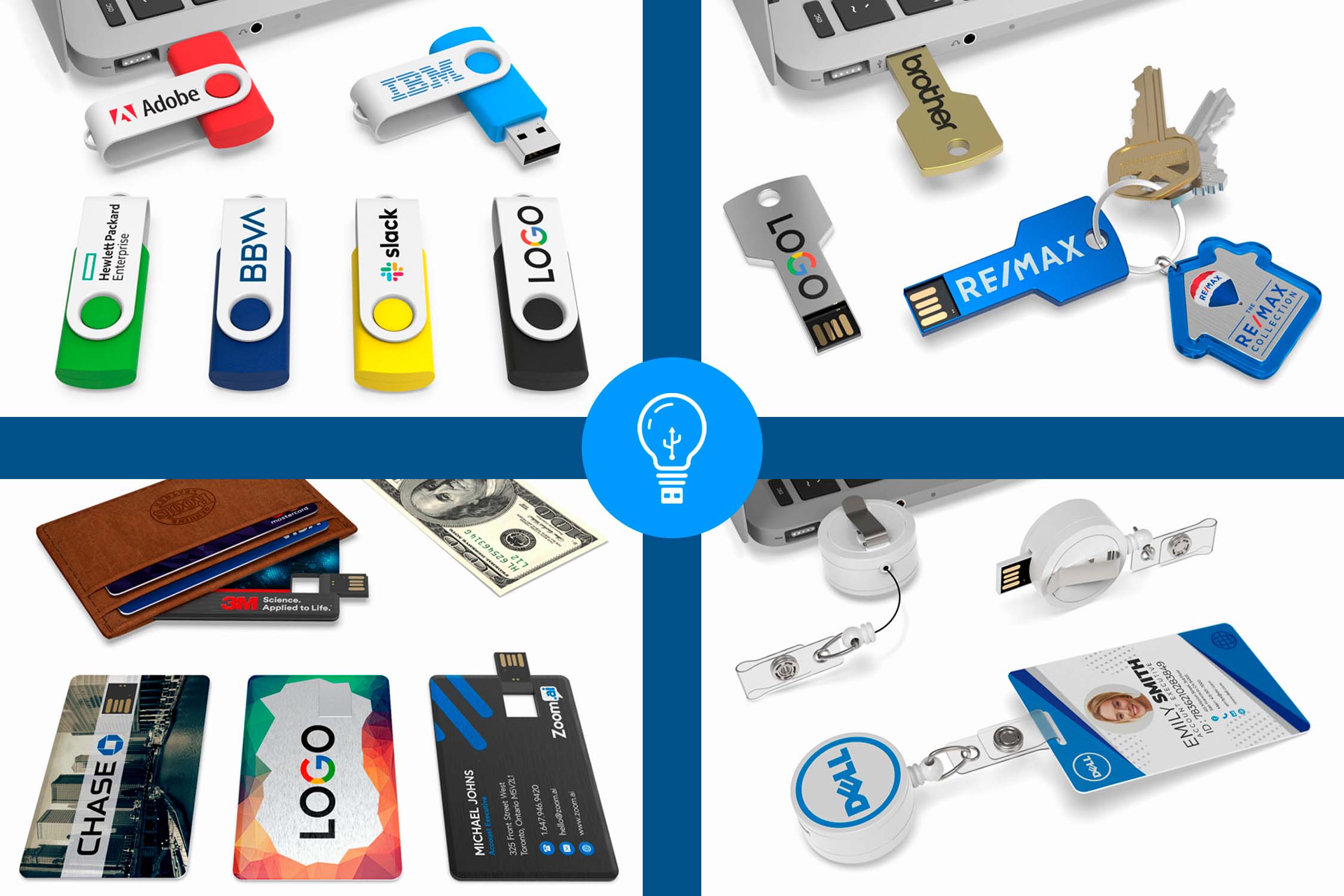 Thumb drives, pen drives, flash drives, USB sticks… aren’t they all just names for the same thing? Surprisingly, no. There is a difference between thumb drives and flash drives.
Thumb drives, pen drives, flash drives, USB sticks… aren’t they all just names for the same thing? Surprisingly, no. There is a difference between thumb drives and flash drives.
There is a greater variety of storage options today than ever before: from external hard drives, to cloud storage, to USB types (1.0-3.0, USB-C, and more), it can easily become overwhelming to know the differences.
This article will describe what exactly a thumb drive is and what its main purpose is meant to be, and then show the differences between thumb drives and flash drives.
What is a Thumb Drive?
A thumb drive is a small portable device, measuring less than 2 inches in length, that stores data using a solid-state drive (SSD) and flash memory. SSDs have no moving parts, so they’re more portable, durable and faster than other hard disk drives. They’re also non-volatile, which means they retain memory even when powered off. Flash memory allows the drive to be erased and re-loaded multiple times.
Thumb drives are powered by a USB interface, which also is the connection used to write, read, and transfer data between the drive and other devices. Thumb drives are smaller, more durable, faster and can hold more data than CD/DVD formats or older, outdated forms of storage like floppy disks. They also are readable by more types of devices used for gaming, as well as smartphones, tablets, and auto entertainment systems.
Thumb drives house a small circuit board and USB connector inside the body of the drive. They include insulation using plastic, metal or rubber casing so the drive is more durable and transportable. Most thumb drives use type-A USB connection, which is the standard, but there are others as well, like micro-USB and USB-C. Thumb drives may or may not come with a cover, a write-protect switch, and/or LED light to show when they’re on or transferring data.
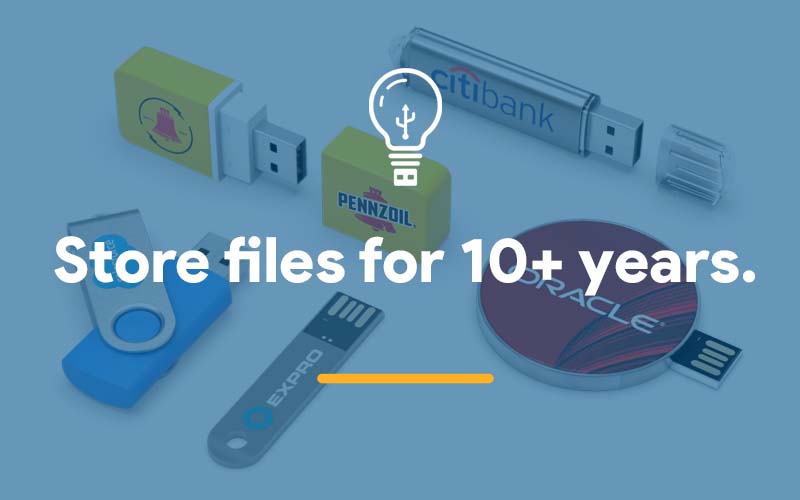 What are the Main Uses of a Thumb Drive?
What are the Main Uses of a Thumb Drive?
Thumb drives are mainly used to transfer, edit, and store files. They have the ability to store files for 10+ years, depending on the kind of drive and how they’re used and stored.
Some common uses of thumb drives include:
- Holding and transferring documents or presentations for school or work;
- Storing videos and photos;
- Transferring files without internet, such as large files that would not be easy to transfer or sensitive files that require security;
- For brand promotion, logo-adorned USBs are used as giveaways and a paperless way to distribute documents. Many businesses, photographers and artists use thumb drives to distribute their portfolios as well.
- Portable apps and programs can be run directly from thumb drives, as opposed to having to install them on a computer. This is needed especially when using public or shared computers.
- USB drives can be used to lock/unlock PC computers for added security.
- Recovery tools can be stored on USB to fix a computer that has been infected with malware or viruses.
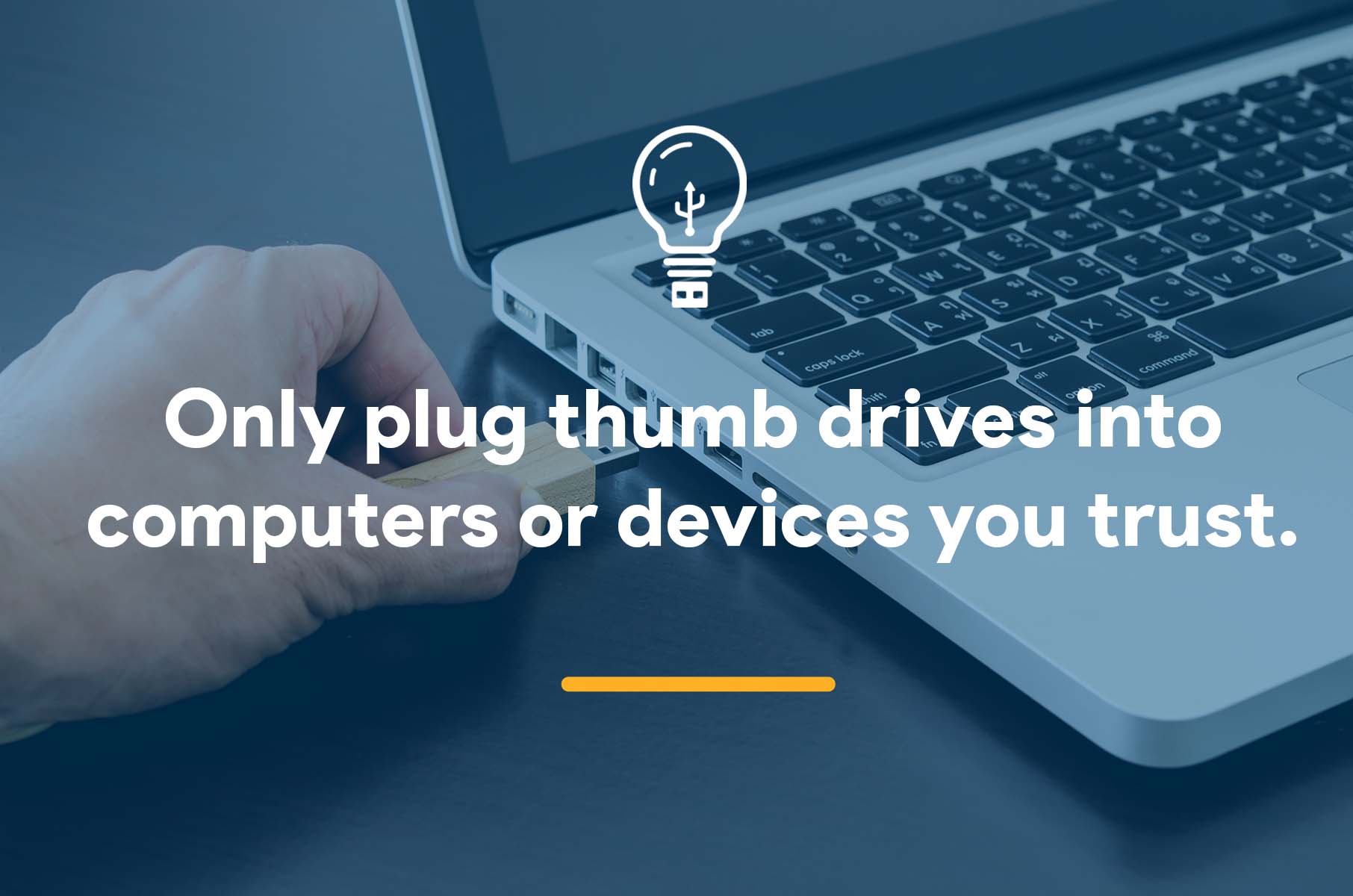 Is Your Thumb Drive Secure for Your Device?
Is Your Thumb Drive Secure for Your Device?
Thumb drives’ security generally depends on their use. Thumb drives can be encrypted to make them safer than computer or cloud storage through software. Because of thumb drives’ portable nature, they can store files separately from computers. This can make them more or less safe, because information can become compromised if it’s stolen or lost. Plus, employees or other people have the ability to make backups, copy data and even put malware on thumb drives which can then infect the computers of entire organizations’ networks. Hackers can also get into the flash drives’ operating system to change passwords and more.
Make sure you only plug thumb drives into computers or devices you trust. Because many people use public computers, like those at libraries, print shops or schools, it can become unsafe if malware gets transferred onto the drive. Since people use thumb drives to transport data to other people, those who borrow the drives can also have access to harming the drive or stealing information. If you buy a counterfeit thumb drive, it can have malware on it, so be careful to buy only from reputable sellers.
If you want to make sure your thumb drive is secure, here are some things to do:
- Only put work on designated work drives, and personal info on personal drives;
- Encrypt any data you don’t want stolen on the drives;
- Buy a thumb drive with security add-ons like a PIN code, biometric scanner, encryption, or partition options.
- Disable autorun on your computer to protect it – it prevents thumb drives from automatically opening so your computer won’t end up with malware.
- Update your software regularly to fight any kind of viruses.
What is the Difference Between a Flash Drive and a Thumb Drive?
The easiest way to understand the difference between a flash drive and a thumb drive is that while every thumb drive is technically a flash drive, flash drives are not thumb drives because they have capabilities that go beyond thumb drives.
“Flash drive” refers more to a type of memory which is used in multiple types of devices, vs. “thumb drive” which refers to a specific device.
In other words, a thumb drive is like a watered-down version of the flash drive, and they’re manufactured and used for this very reason.
1. Memory Storage Type
The biggest difference between thumb drives and flash drives is the type of memory they use to store data:
Thumb drives use a solid-state drive (SSD), which does not use magnetic properties, and also uses flash memory (CF) to read, write and store data. The main difference is that thumb drives are less powerful than flash drives, because they are meant for simply copying and transferring data to computers.
Flash drives use compact flash (CF) only: CF is high speed and uses magnetic force to read and write data. Flash drives can include any kind of storage drive that runs by flash (CF) memory, which means they aren’t always connected via USB, but use other interfaces like SATA, mSATA, PCIexpress, and more. They also have more memory chips and use an advanced controller that allows the memory chips to have more speed and makes them more reliable.
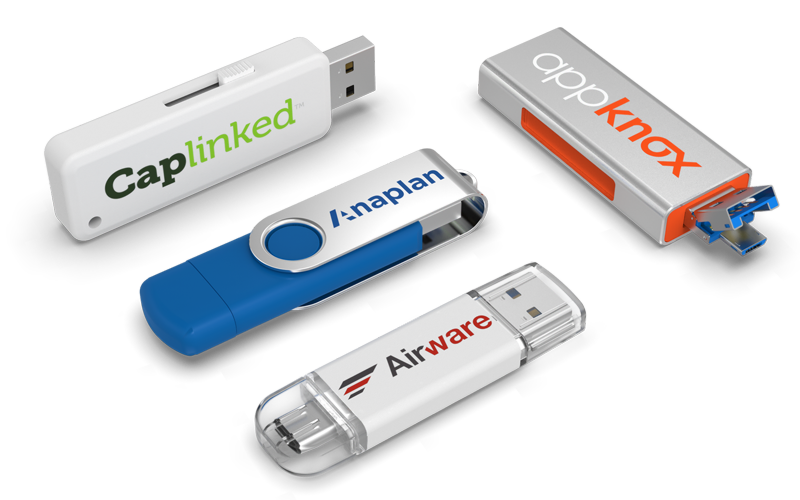 2. Sizes and Forms
2. Sizes and Forms
Flash memory is used in more than USB drives; it’s also used in tablets, smartphones, cameras and MP3 players. This is because of the CF memory. Flash drives come in various sizes and shapes, and are available in sizes from 512GB-2TB. They don’t always connect via USB.
Thumb drives are used only for copying and transferring data from USB drives to computers, and are typically available in sizes of 16GB all the way up to 256GB, and with USB 3.0 they can store up to 2TB. There are currently three types of USB: 1.0, 2.0, and 3.0. Thumb drives are always tiny, the size of a thumb and connect via USB.
The main difference between the two is that the smaller size chips of thumb drives can fit in smaller devices because they’re less powerful. So for basic documents and data transfer and storage, they’re perfect. Flash drives are more powerful, meant to replace CD and DVD types of storage, and can fit larger amounts of data.
3. Longevity and Durability
Thumb drives’ durability is partially due to the portable nature of the design. These drives typically have plastic or aluminum casing protecting the drive, which keeps them safe from shocks and pressure, so they can be carried in purses or pockets easily. Thumb drives degrade primarily due to data cycles as opposed to age.
Flash drives degrade more due to age than to cycles, and usually need to be treated more carefully because they can be damaged more easily (if they’re formats other than thumb drives).
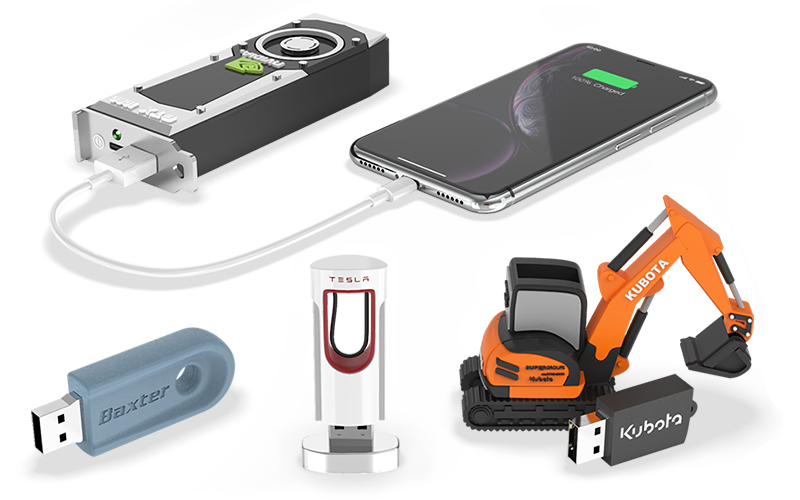 Benefits of Using Thumb Drives
Benefits of Using Thumb Drives
Thumb drives aren’t going out of style anytime soon because they’re one of the best ways to transfer and carry data. Here are just some of the benefits of using thumb drives:
- They’re extremely lightweight, small and portable;
- They can be written and erased multiple times, so they’re long-lasting;
- They can store a lot of files;
- They transfer files faster than other types of storage;
- Data can be securely stored on thumb drives;
- They’re more durable than many other types of drives and storage options, like HDs and CDs/DVDs because they have no moving parts and can’t be easily scratched;
- They’re compatible with many types of devices;
- They can run apps and programs off themselves;
- They can be used for promotion;
- They can be used for eco-friendly document distribution;
- They’re available in all kinds of models, like wristbands, lanyards, pens, bottle openers and even business cards;
- They’re easy to use, because they usually don’t need any attachments unless the device needs an adapter; and, aside from removing before unplugging them, there’s not much one has to know to use one;
- They’re inexpensive.
Conclusion
Thumb drives have become an integral part of daily life – whether students working on school projects, company documentation that must be passed around securely, a photographer who wants to give people a portfolio of work or a company who wants to promote their business, it’s difficult to find someone who has never used a thumb drive. Yet most people don’t know that there’s a difference between thumb drives and flash drives – the names are just used interchangeably.
We hope this article helps in understanding the nuances of the two types of storage, so you can make decisions based on what you’re looking to do with the type of storage device you plan on buying or using.